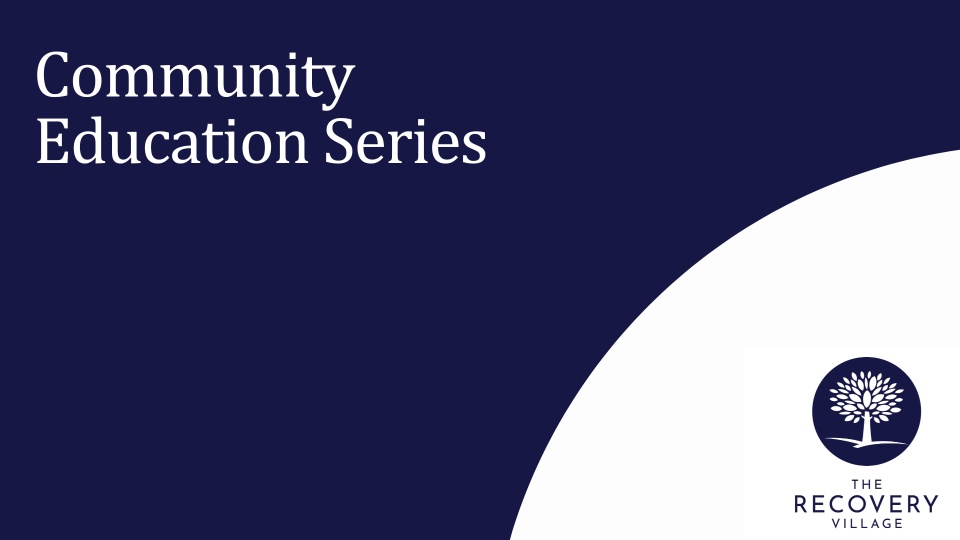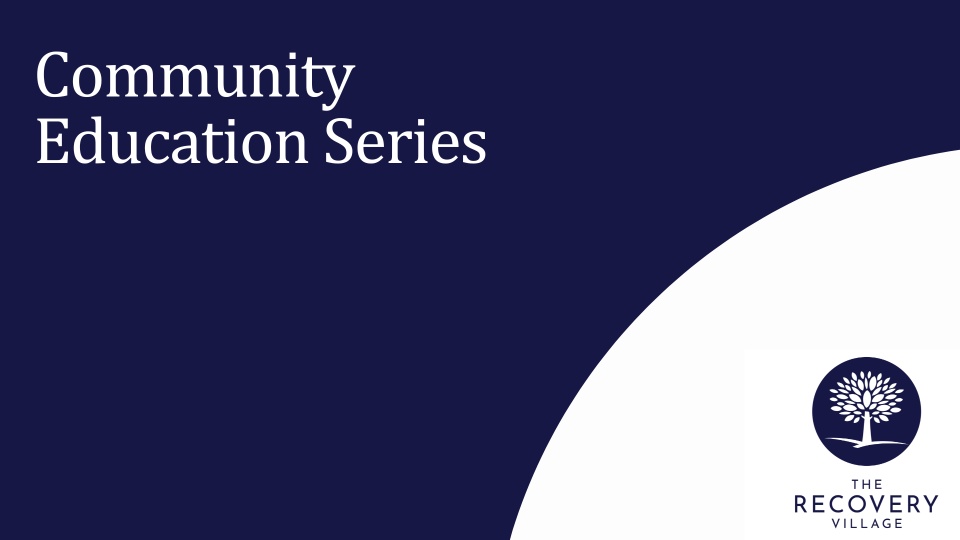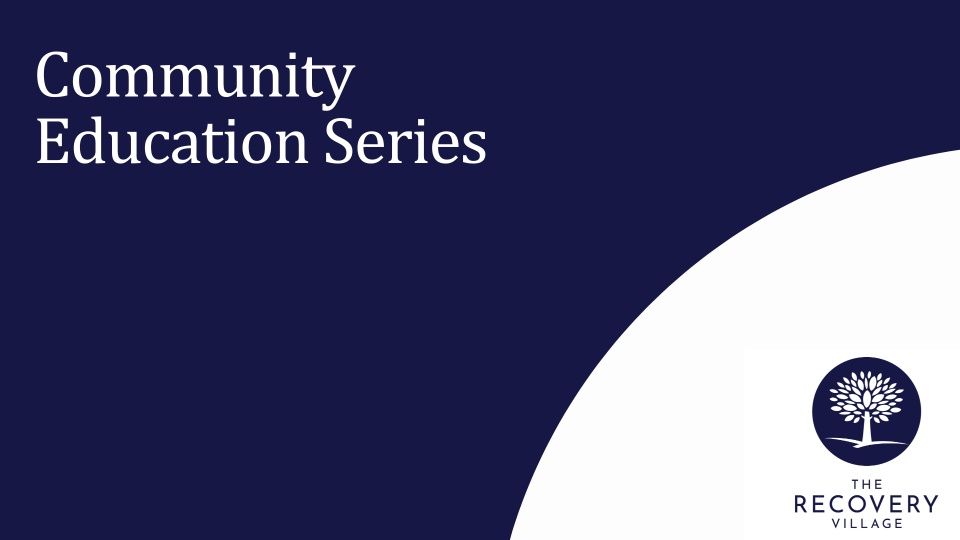By using Jungian and post-Jungian therapy techniques, clinicians can help patients assess and understand real-life situations through the dreams they have.
Jungian & Post-Jungian Clinical Use of Dreams
Estimated watch time: 41 mins
Available credits: none
Objectives and Summary:
Learn the basics of Jungian and post-Jungian therapeutics and assessments with the assistance of patients’ dreams. This brief course will review ways clinicians can invite dreams into their consulting rooms.
After watching Minh’s presentation, the viewer will:
- Be exposed to basic Jungian approaches to working with dreams
- Be exposed to post-Jungian approaches to dreams
- Be exposed to how to invite dreams from patients into psychotherapy sessions









